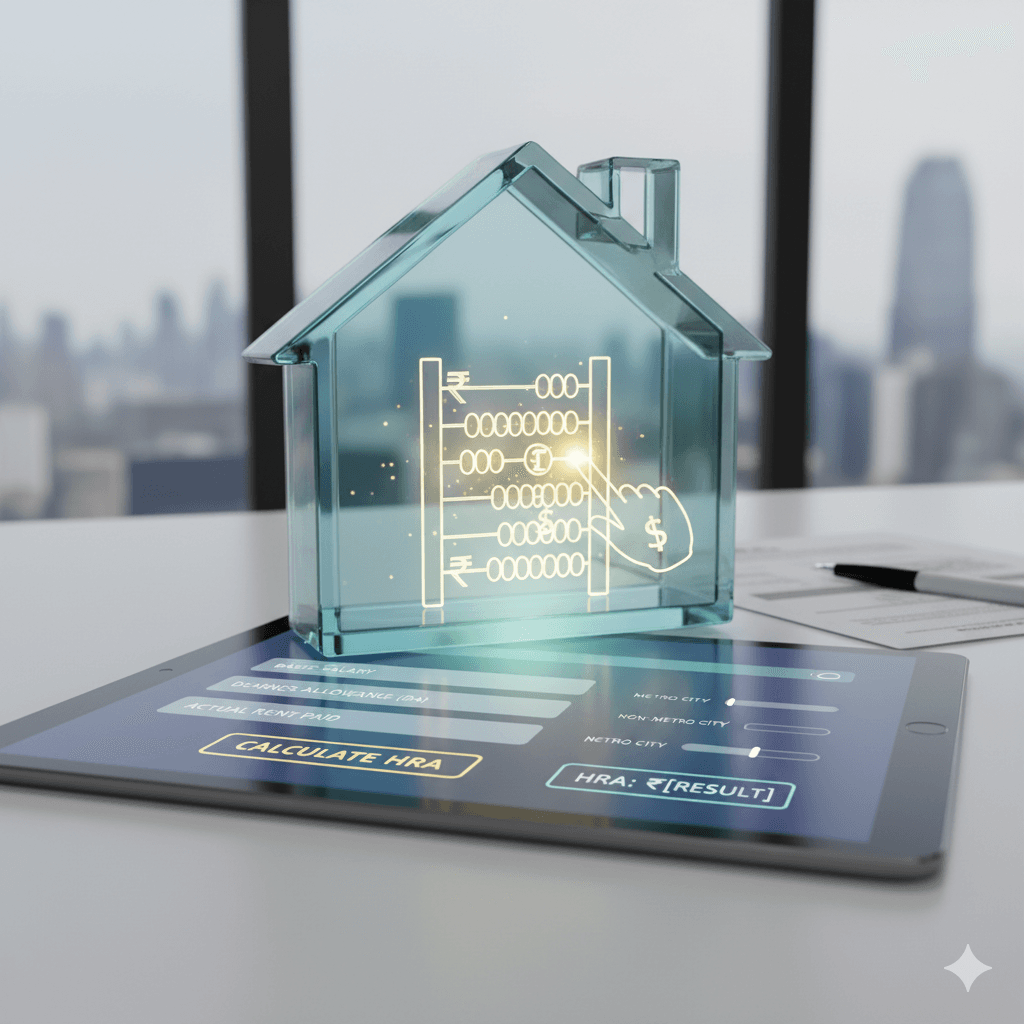House Rent Allowance (HRA) Calculator 2025 – Calculate Your Tax-Free HRA Now
Calculate your HRA tax exemption instantly with our comprehensive House Rent Allowance Calculator. Designed for central government, state government, PSU, and private sector employees. Get detailed breakdowns for metro and non-metro cities with visual insights.
